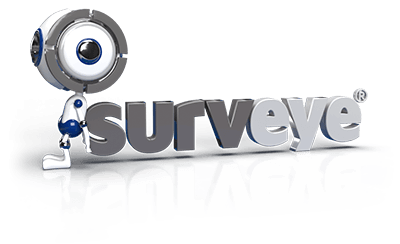The retail world can be basically depicted as a large building or a building complex that includes a variety of commercial activities, from supermarkets to clothing stores, jewellery shops, up to home and personal services. Each of these activities has potentially the same security problems to face, mostly consisting in stolen goods and the related costs. If we look at what happens in terms of retail shrinkage in the various points of sale, we will realize that every year the amount of stolen and missing goods reaches far from negligible figures: a portion of these is due to thieves and shoplifters who are caught red-handed, while another portion is unfortunately due to the disloyalty of internal staff.
There are various solutions available to mitigate this problem, from electronic security tags to integrated control solutions with the management of video surveillance, alarm systems and technological systems, passing through the supervision of staff access and, in general, flows of visitors and customers in the entire retail area.



